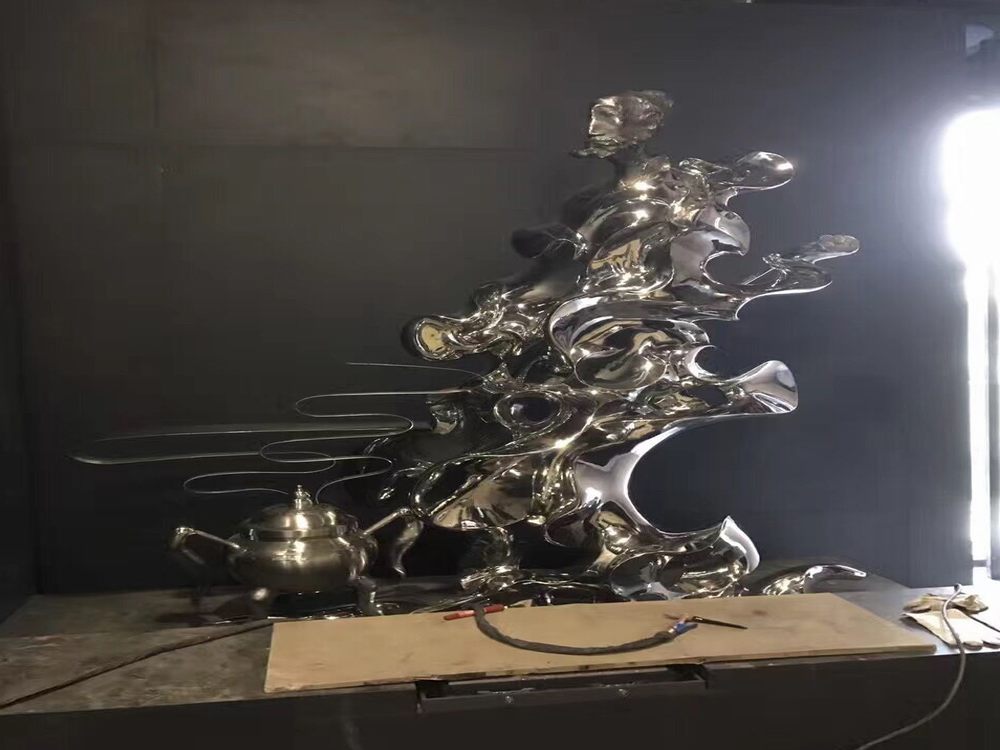
Artists masterfully manipulate lightweight metal constructions to evoke a sense of weight and mass through carefully considered techniques. One primary method involves strategic texturing—hammering, etching, or oxidizing surfaces to create visual depth that suggests density. The play of light and shadow across these textured surfaces enhances the perception of heaviness.
Form and proportion also play crucial roles. By designing bulky, asymmetrical shapes or incorporating downward-curving elements, artists trick the eye into perceiving gravitational pull. Some sculptors intentionally leave visible seams or joints, exposing the construction's thinness while paradoxically reinforcing its solid appearance through implied structural strength.
Material selection contributes significantly too. While using aluminum or thin steel sheets, artists may incorporate darker patinas or rust-like finishes that psychologically associate with heavier metals. The strategic placement of dense-looking elements at a sculpture's base further anchors the piece visually.
Advanced techniques include hollow volumetric forms with weighted bottoms, creating actual mass concentration where it matters most perceptually. Others employ optical illusions—tapering elements or forced perspective—to make sections appear thicker than they are. Through these methods, artists transform featherlight materials into seemingly monumental works that command space with imagined weight.

